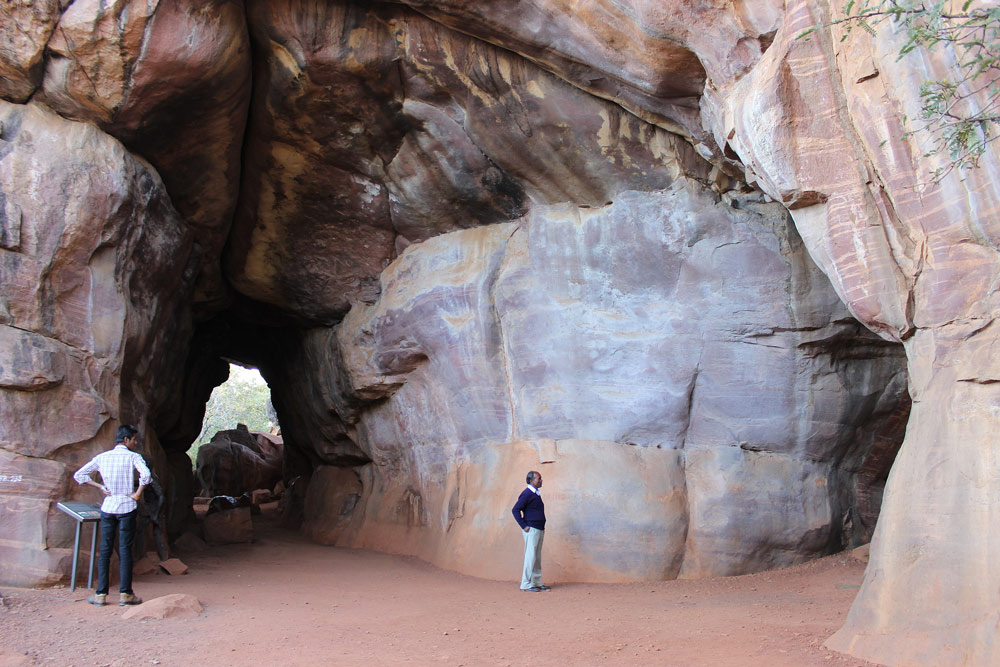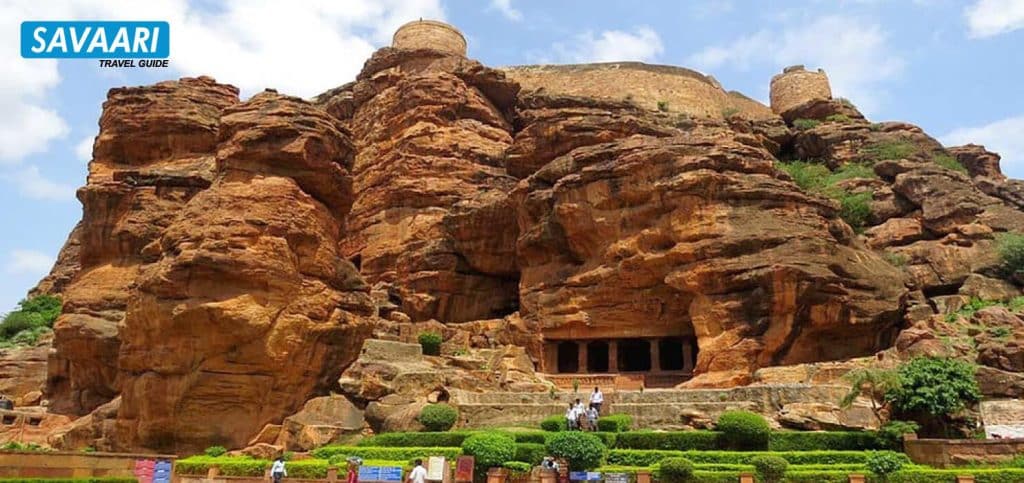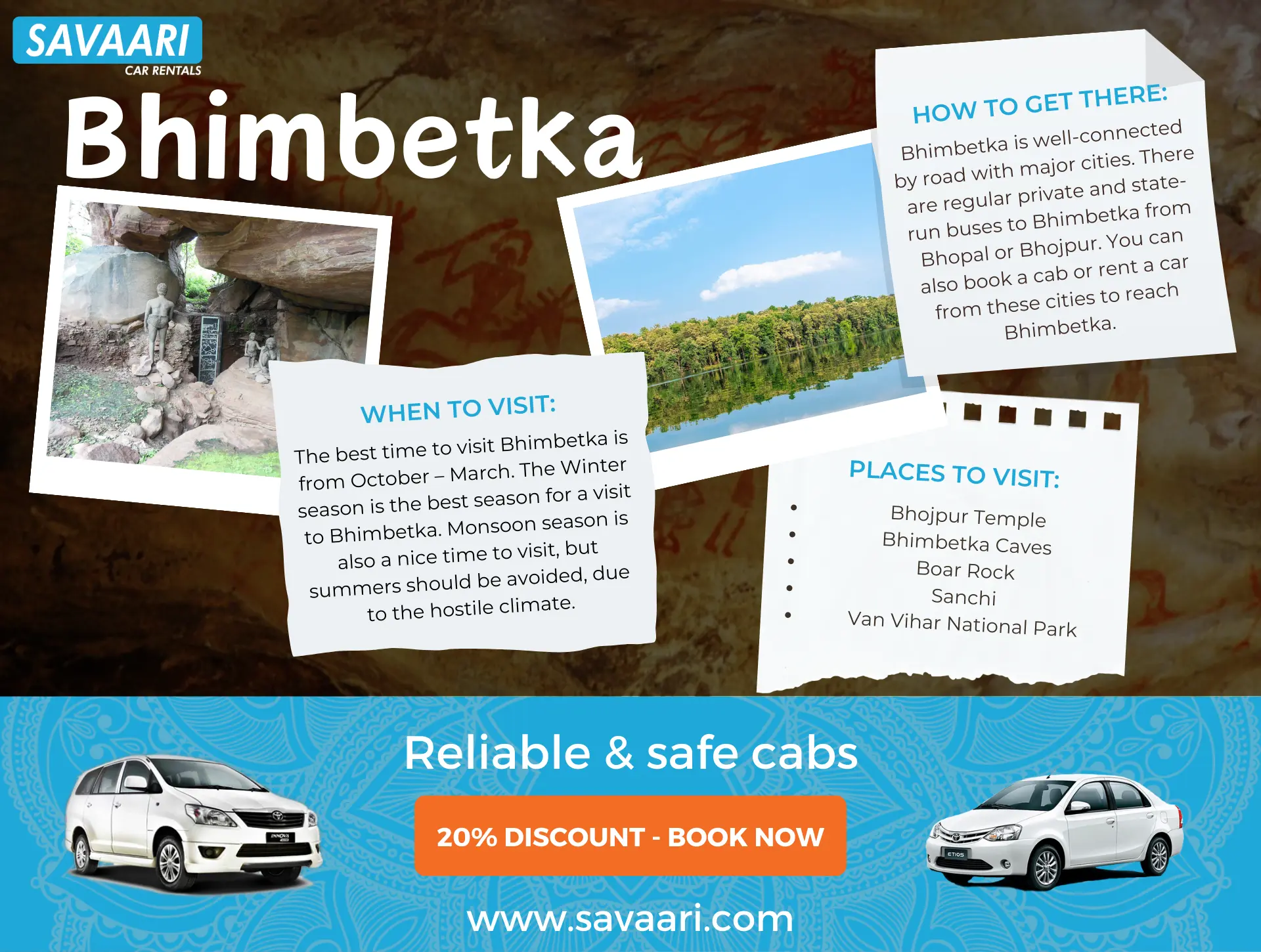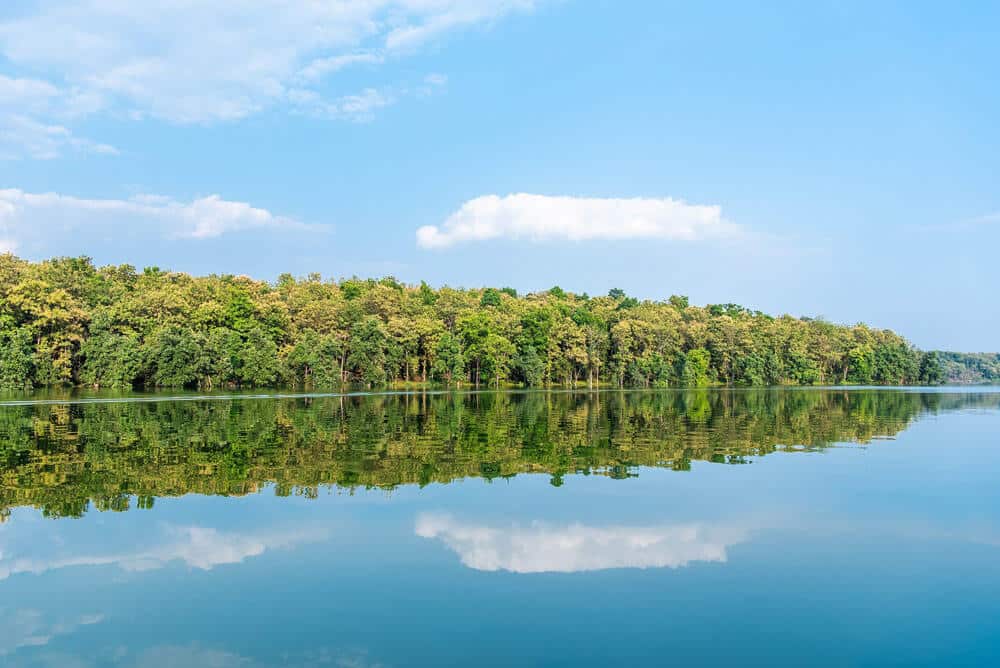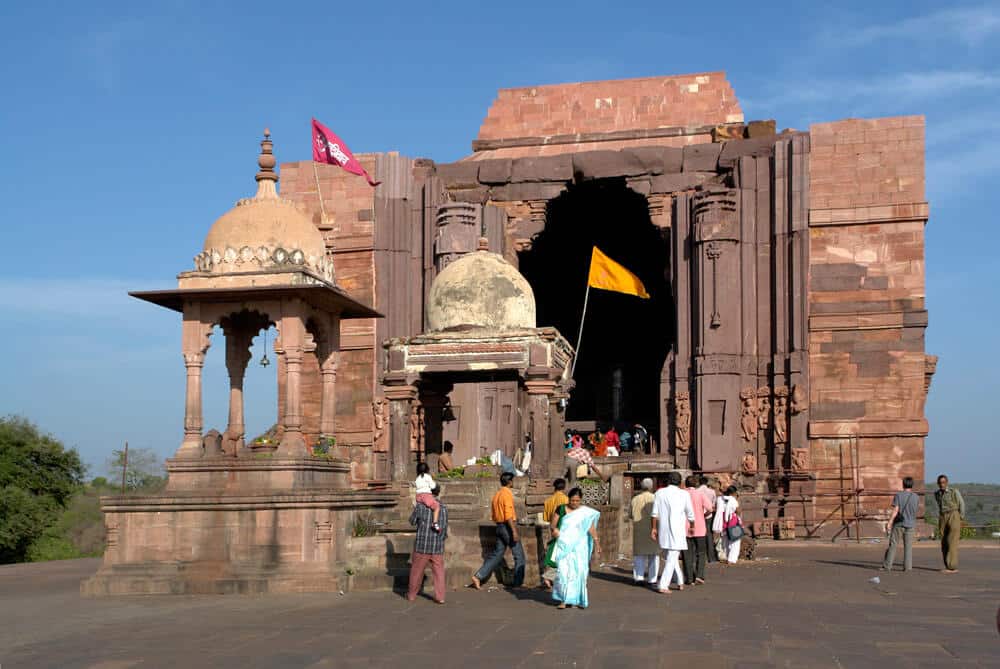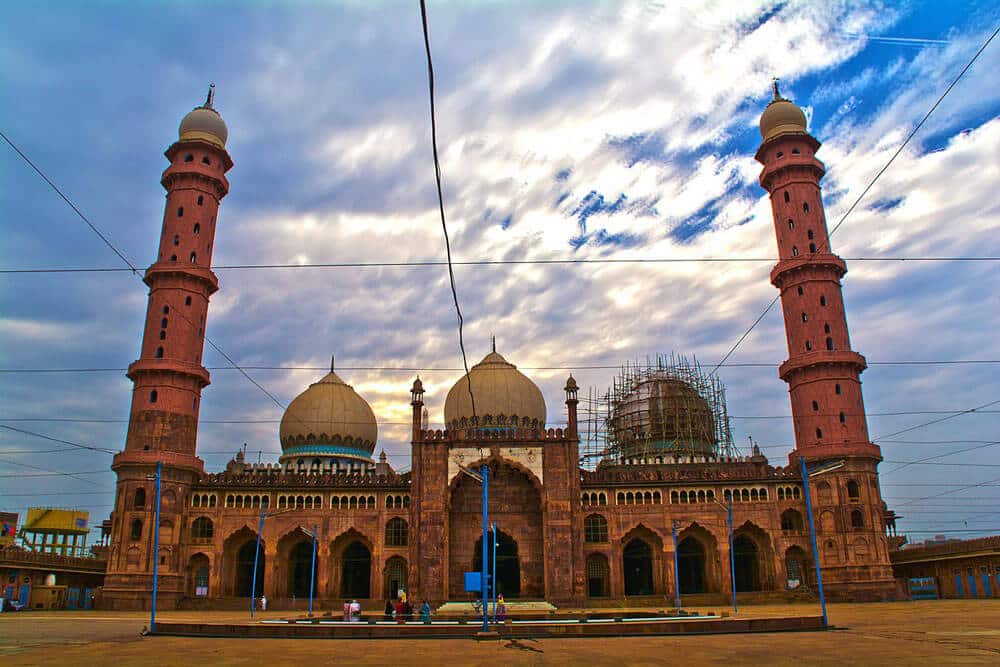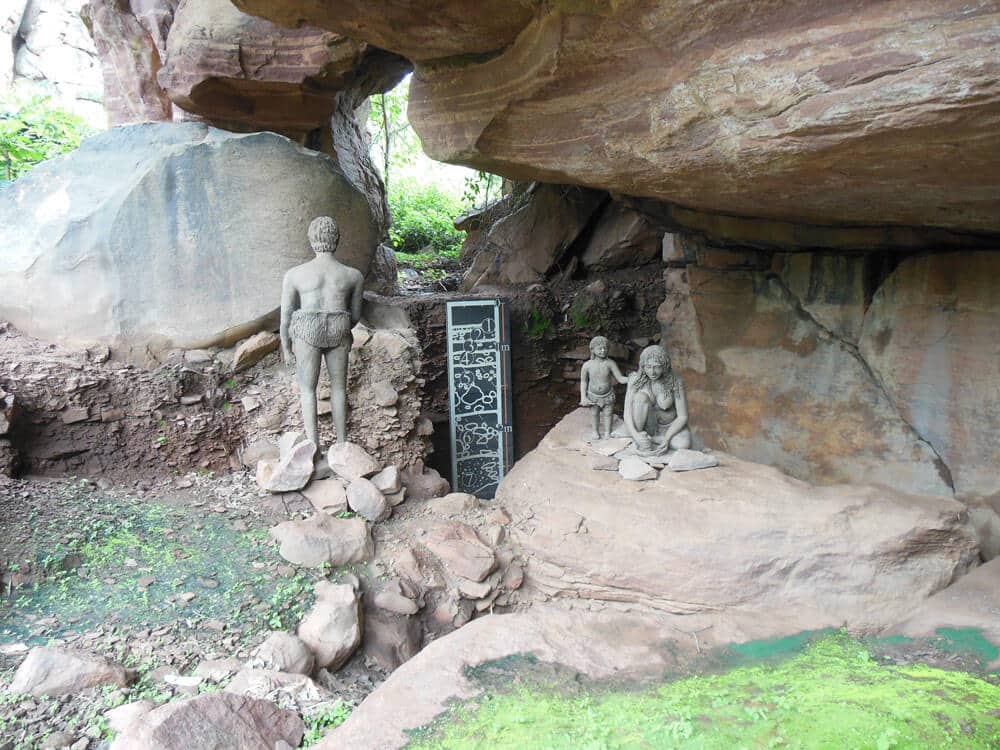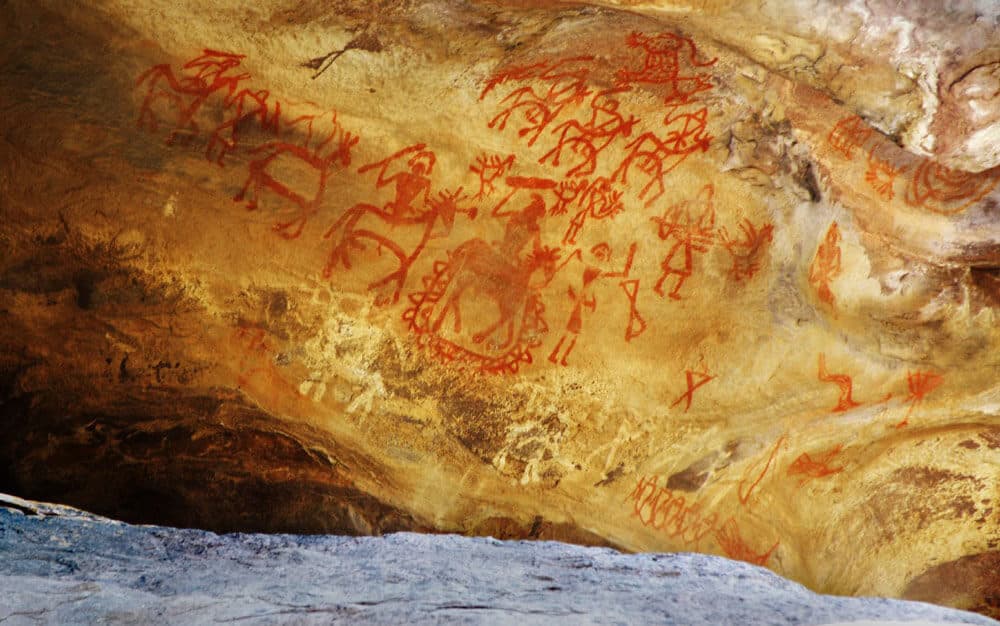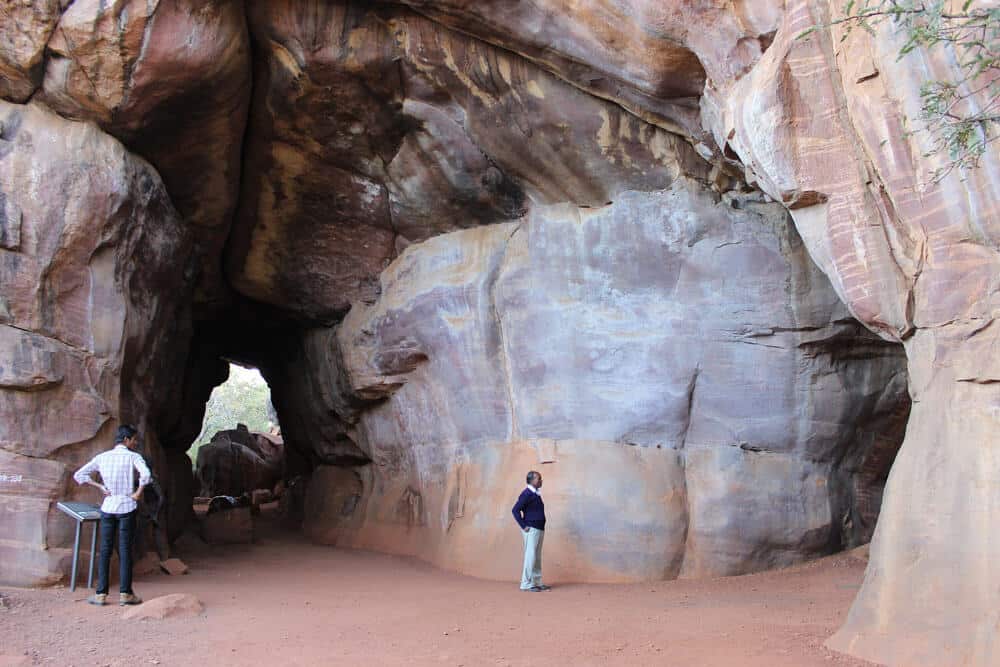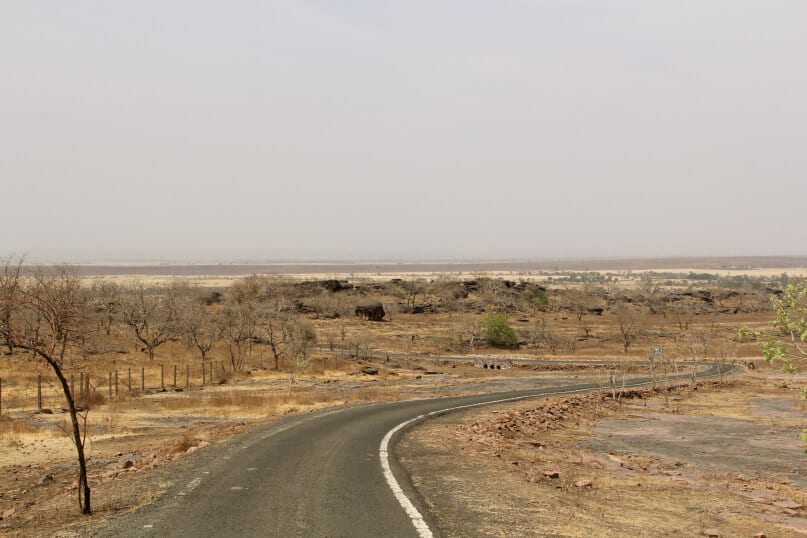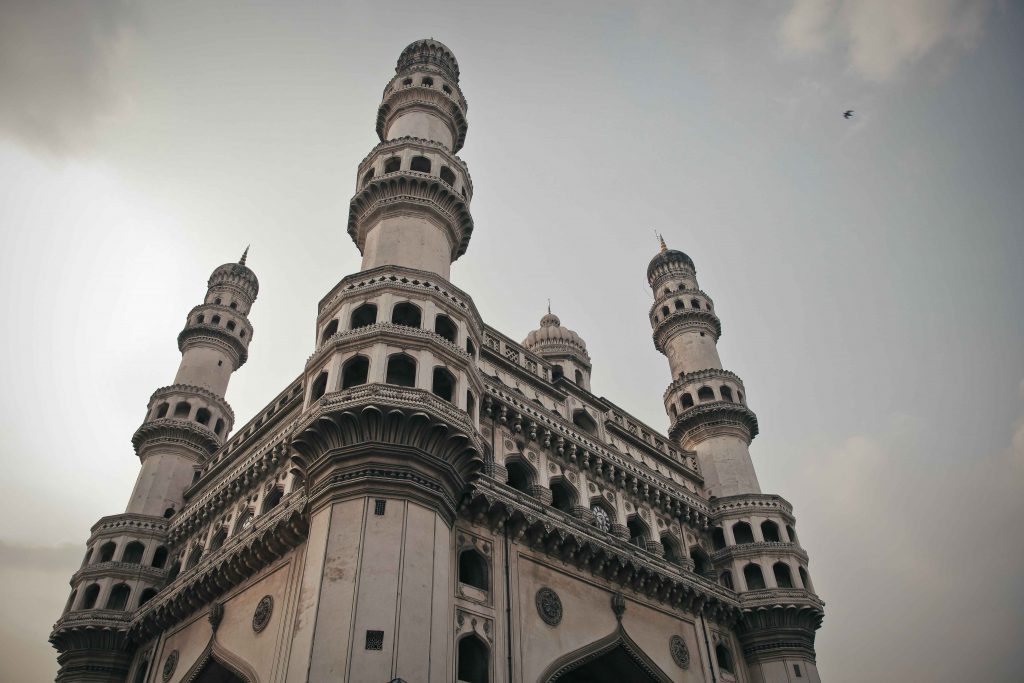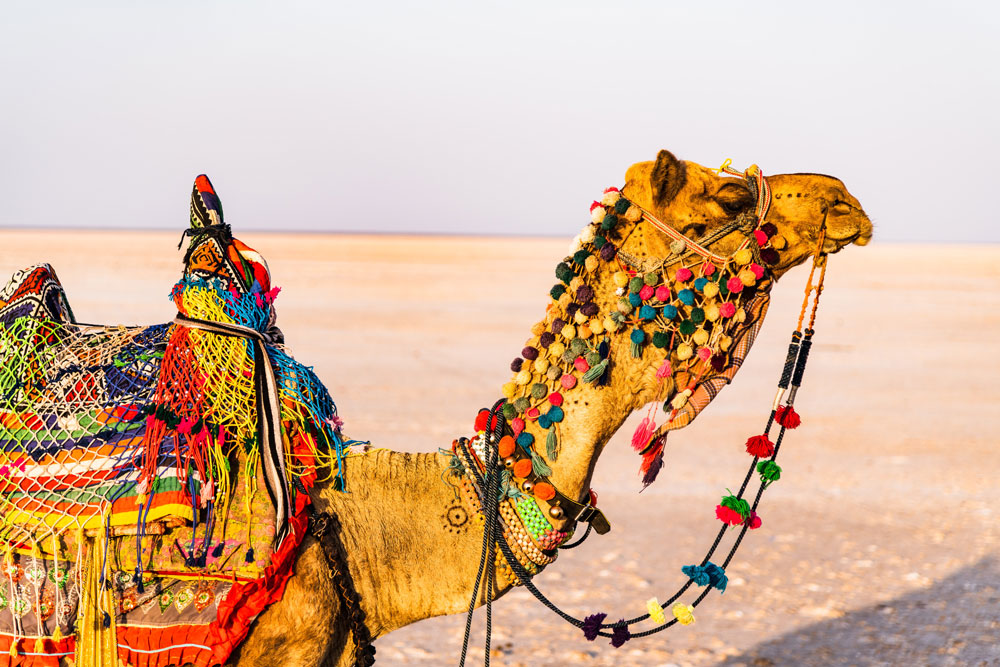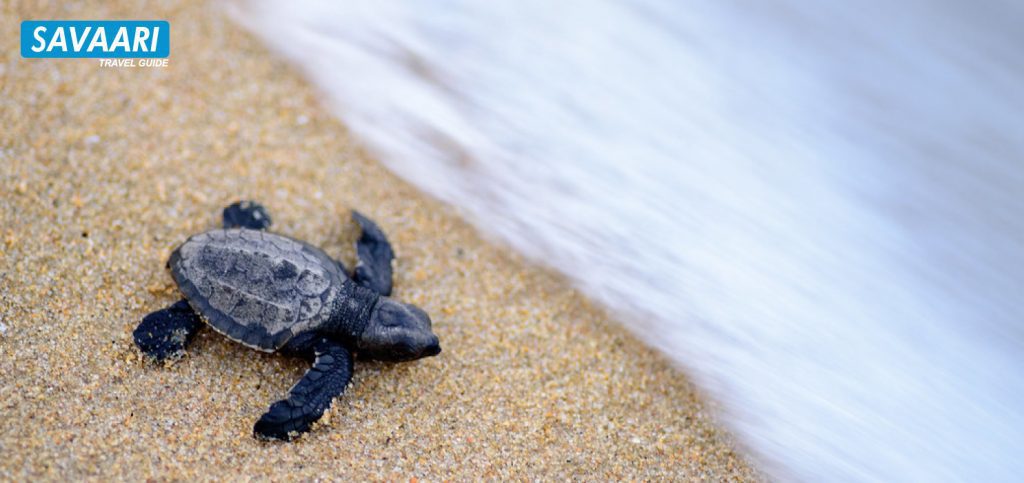Bhimbetka series of natural rock shelters situated on the foothills of the Vindhya range. It is also one of the UNESCO world heritage. It comprises 750 rock shelters panned across 10 Km. A study from he archaeologists suggests that these stones & paintings date back to the Stone Age times.
Table of Contents
Things to do in Bhimbetka
Of all the rock shelters, only 15 are open to tourism. All the important caves are numbered and signposted and linked by a concrete walkway. There are maps available at the tour guide centre. You can do a self-guided tour or book a guide. The Bhimbetka cave timings are from 7 AM to 6 PM. Here are a few things to do in Bhimbetka –
- Take a tour of the Auditorium cave – The Auditorium Cave is the highlight of the complex. It is an expansive site guarded by towers of quartz and sandstone, giving a very cathedral-like look. The entrance has a huge boulder in the centre, possibly of a chief/ruler of the communities who lived here. There is also a small hill with a temple at the top and is good for a short trek. Don’t forget to visit the “rock tortoise”.
- Visit the Zoo Rock shelter – There are 453 figures in this shelter with 252 animals of 16 different species and 90 human figures. They depict paintings from 10,000 BC – made with lime and from 5,000 – 3,000 BC which are made with vegetable colours and iron. These drawings showcase several animals like Elephants, Bison, Sambhar, all varieties of Deer, Peacocks, a Snake, and the sun, along with hunting scenes with hunters carrying bows, arrows, swords, and shields. In one of the caves, a bison is shown in pursuit of a hunter while two human figures stand in defence.
- Explore the Ratapani Wildlife Sanctuary – About 8 KM from the cave site, lies the protected natural enclave and a tiger reserve. It spans 823 sq. km. covering hills, plateaus, valleys, and grasslands. The area was declared a sanctuary in 1976 and houses 40 protected tigers along with other animals like panther, hyena, jackal, Indian fox, wild dog, jungle cat, wild boar, sloth bear, rhesus monkey, and Indian civet. A host of deer species like Chinkara, Blackbuck, antelopes, barking deer, Sambar deer, and spotted deer are also common.
- Hiking and Nature Trails – Bhimbetka is surrounded by natural beauty, including lush forests and scenic landscapes. You can explore the area by taking hiking trails that lead to nearby hills, rivers, and picturesque spots. The tranquil ambiance and the opportunity to connect with nature make it an enjoyable experience.
Book a cab in Bhimbetka to travel around the place with ease and experience all these major adventures.
Famous Attractions in Bhimbetka
Bhojpur Temple
About the Place: Dedicated to Shiva, the temple houses a 7.5 feet monolithic lingam and dates back to the 11th century, founded by Raja Bhoj of the region. The site is also a sacred pilgrimage destination and famous for its ancient architecture and has been designated as a Monument of National Importance by the Archaeological Survey of India.
Timings: NA
Entry Fee: NA
Best time to visit: July to March
How to reach from Bhimbetka: It is a 28.5 KM drive from Bhimbetka to Bhojpur and you can book a cab or rent a car to travel in less than 45 minutes.
[Also Read: All you need to know about Sanchi Stupa UNESCO Site]
Bhimbetka Caves
About the place: The caves in Bhimbetka are a significant attraction. These ancient shelters contain over 700 rock art sites, featuring paintings depicting hunting scenes, animal figures, dancing, and various human activities. Exploring the caves and observing the detailed artwork is an extraordinary experience.
Timings: NA
Entry Fee: NA
Best time to visit: July to March
How to reach from Bhimbetka: It is a 3 KM drive from the Bhimbetka bus stop. You can book an hourly car rental cab and explore the local attractions with ease.
Boar Rock
About the place: Boar Rock is another prominent attraction in Bhimbetka. It features a carved image of a wild boar along with other artistic depictions. The site offers a glimpse into the artistic abilities and cultural practices of the early inhabitants of the region.
Timings: NA
Entry Fee: NA
Best time to visit: July to March
How to reach from Bhimbetka: It is not very far from the Bhimbetka bus stop. You can book an hourly car rental cab and explore the local attractions with ease.
Places to visit near Bhimbetka
Bhopal
The capital city of Madhya Pradesh, Bhopal is famous for its twin man-made lakes. The historical town is also home to Mughal-era mosques and monuments, royal palaces, and bustling bazaars. The Taj-Ul-Masjid and Moti Masjid are the most famous structures.
Best time to visit: July to March
How to reach from Bhimbetka: Bhopal is about 45-50 KM from Bhimbetka and takes about an hour and a half by road. There are buses from Obaidullahgunj (3 KM from Bhimbetka) to Bhopal. But the best way to reach is to book a cab from Bhopal to Bhimbetka.
Bhojpur
Located about 25 kilometers from Bhimbetka, Bhojpur is famous for its magnificent Bhojeshwar Temple. The temple is dedicated to Lord Shiva and is known for its colossal lingam, which is one of the largest in India. The architectural beauty and historical significance of the temple make it a must-visit site.
Best time to visit: July to March
How to reach from Bhimbetka: Bhojpur is about 25 KM from Bhimbetka and takes about an hour by road. There are buses from Obaidullahgunj (3 KM from Bhimbetka) to Bhopur. But the best way to reach is to book a cab from Bhopal to Bhojpur.
Sanchi
Situated approximately 80 kilometers from Bhimbetka, Sanchi is home to the iconic Sanchi Stupa, a UNESCO World Heritage Site. The stupa is a symbol of Buddhism and houses relics of Lord Buddha. The site also features several other Buddhist structures and monasteries, making it a significant pilgrimage destination.
Best time to visit: July to March
Van Vihar National Park
Located in Bhopal, about 45 kilometers from Bhimbetka, Van Vihar National Park is a beautiful wildlife sanctuary. Spread across a vast area, the park is home to various animal species, including tigers, lions, bears, deer, and many more. It offers opportunities for wildlife safaris, birdwatching, and nature walks.
Best time to visit: October to March
Ginnorgarh Fort
Situated approximately 50 kilometers from Bhimbetka, Ginnorgarh Fort is a historic fortress nestled amidst scenic surroundings. The fort offers panoramic views of the surrounding landscapes and served as a strategic stronghold in the past. Exploring the fort and enjoying the picturesque views is a memorable experience.
Best time to visit: October to March
Places to eat in Bhimbetka
- Shri Nath Ji Hotel
- MPT Highway Treat
- Jagmeet Dhaba
- Chauhan Family Garden hotel & Restaurant
- Vindhyachal Retreat
About Bhimbetka
Bhimbetka History
The Bhimbetka rock shelters or caves comprise an important archaeological site in central India. The Bhimbetka caves are located in the Raisen district of Madhya Pradesh, about 45 KM southeast of Bhopal, at the foothills of the Vindhya Mountain Range. The structures sit inside the Ratapani Wildlife Sanctuary and span seven hills – Vinayaka, Bhonrawali, Bhimbetka, Lakha Juar (east and west), Jhondra and Muni Babaki Pahari.
The caves are one of the oldest cave systems of India and date back to the Paleolithic and Mesolithic periods. They exhibit the earliest traces of human life in the Indian subcontinent and hold evidence of the Stone Age evolving from this site in the Acheulian times.
Bhimbetka is famous for its naturally carved sandstone caves, covering an area of 10 KM. Thus, they are also considered the largest prehistoric complexes. Bhimbetka’s history dates back to more than 100,000 years, and are said to have been inhabited by early human races. These shelters are evidence of human settlement in the Indian subcontinent. They are a rare glimpse into the cultural evolution of the race in hunting and gathering, farming, and prehistoric spirituality.
The entire cave system holds about 750 rock shelters, of which Bhimbetka individually houses 243. Only 12 to 15 of those shelters are open for public exploration.
Archaeological findings show prehistoric cave paintings of Bhimbetka that go back to the Indian Mesolithic era, at least 10,000 years ago. The oldest known rock art of India, the paintings reflect themes like animal husbandry, agriculture, and art forms like hunting and dancing of that time. The Bhimbetka rock paintings hold the oldest petroglyphs in the world, akin to the aboriginal rock art in Australia and the palaeolithic cave paintings in Lascaux, France.
The cave paintings range from geometric shapes to motifs as recent as the medieval period. The colours used are said to have been natural vegetable dyes. The first colour pigments used by man would have been red, black, yellow, and green. Most traces of these colours have remained since the interiors of the caves were shy of rain and sun. The cave paintings have been classified under seven time periods, based on the evolution of the region’s races.
The most noteworthy part of Bhimbetka is the Auditorium Cave. The smaller caves adjacent to it have remains of Buddhist culture, with monastic inscriptions that date back to the 11th and 12th centuries.
Hidden Facts about Bhimbetka
Apart from being proof of the oldest human life, the caves also have a few interesting facts associated with them.
Interestingly though, there are also mythological references to this site along with its historic and geographical significance. It is believed that at the times of Mahabharata, Bheem took shelter in these caves when the Pandavas were in exile.
In local languages, Bhimbetka means “Bhim’s resting place” or “Bhim’s lounge“, a word compounded from Bhim (the second Pandava brother) and Baithak (seat or lounge). There is also a mythological belief that during the exile of the Pandavas, Bhim used these caves as his resting place and to interact with the natives.
On its historical side, these caves are also recognized as a site for the 550 million years old Dickinsonia fossils of an extinct genus of basal animals.
Archaeologist, Dr V.S Wakankar discovered a cave painting of a man-like figure in a dancing pose, holding a trident. He named it the Nataraja and it is possible that it was the early depiction of Shiva or at least what the natives of its time might regard as a “powerful man”.
Bhimbetka UNESCO World Heritage Site
A natural or man-made structure that holds exclusive importance to the history, art, and culture of a community/race and has a global value is regarded as a site of world heritage. Bhimbetka caves are not only one of the oldest cave systems in the world, they have recorded a history of 700,000 years of human evolution. According to the Archeological Society of India, they are living proof of the earliest human habitation in the Indian subcontinent, prehistoric life, and also painting as a form of expression. The settlement of the Home Erectus species from one million years ago has also been validated in these rock shelters. Hence, in 2003, UNESCO declared this place as a World Heritage Site for its significance in the history of Indian civilization.
How to plan a trip to Bhimbetka
How to reach by air
The Raja Bhoj Airport in Bhopal is the nearest airport that connects Bhimbetka to the rest of Bhopal. It is well connected with Mumbai, Delhi, Indore and other major cities of India. When reached, you can book a Bhopal airport taxi to reach Bhimbetka with ease.
How to reach by Train
There is no direct rail connectivity to Bhimbetka. Bhopal junction railway station is the nearest railway station to the site, 45 km away. You can take a bus or a cab from the station to Bhimbetka.
How to reach by Road
There are regular private and state-run buses to Bhimbetka from Bhopal or Bhojpur. You can also book a cab or rent a car from these cities to reach Bhimbetka.
Best time to visit Bhimbetka
The best time to visit Bhimbetka is from October – March. The Winter season is the best season for a visit to Bhimbetka. Monsoon season is also a nice time to visit, while summers should be avoided, owing to the hostile climate.
Places to stay in Bhimbetka
- Naman Narmada
- Narmada River View Resort
- Hotel Meenakshi
- Hotel Kanha’s Palm Springs
- Madhuban Resort by Somaiya
Download our Savaari car rental app for a smooth and pleasant journey.
Last Updated on May 19, 2024 by V Subhadra
